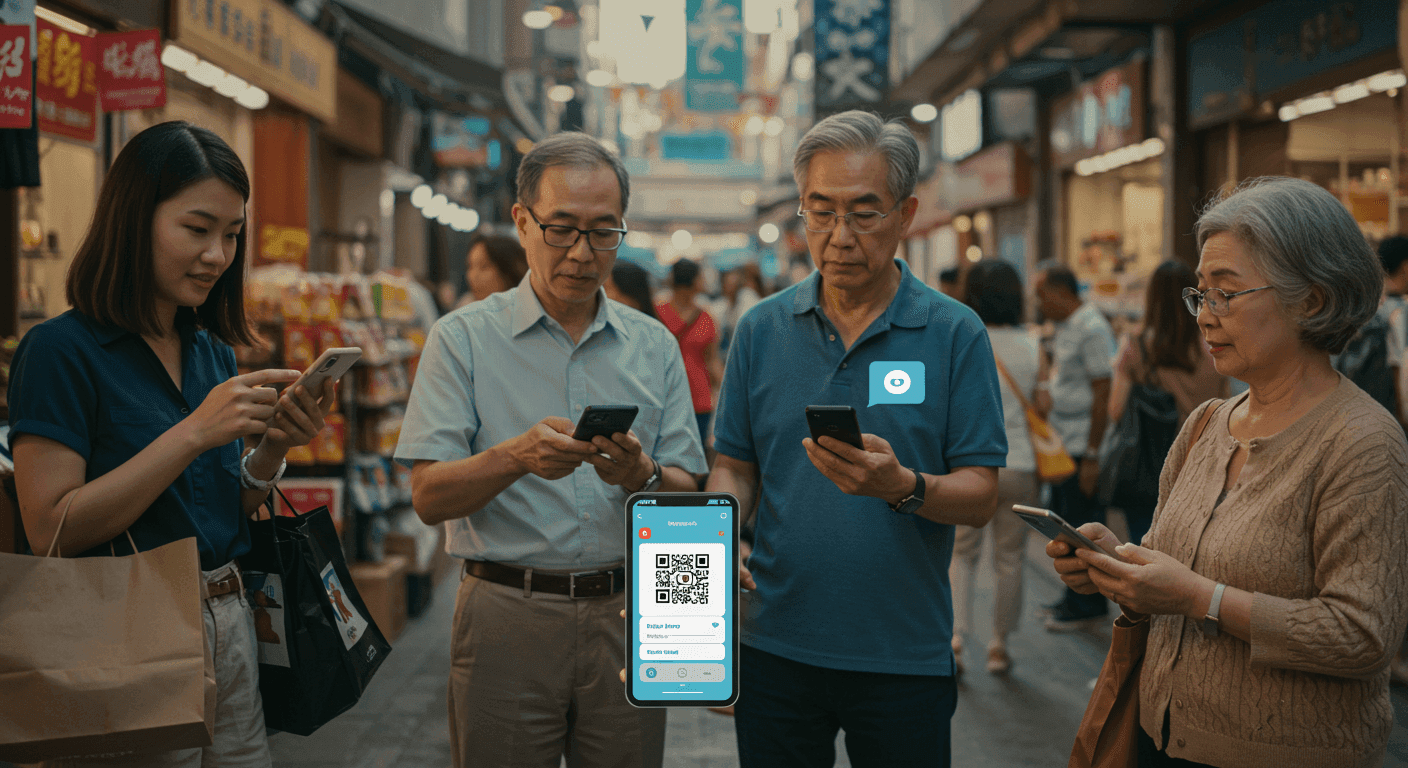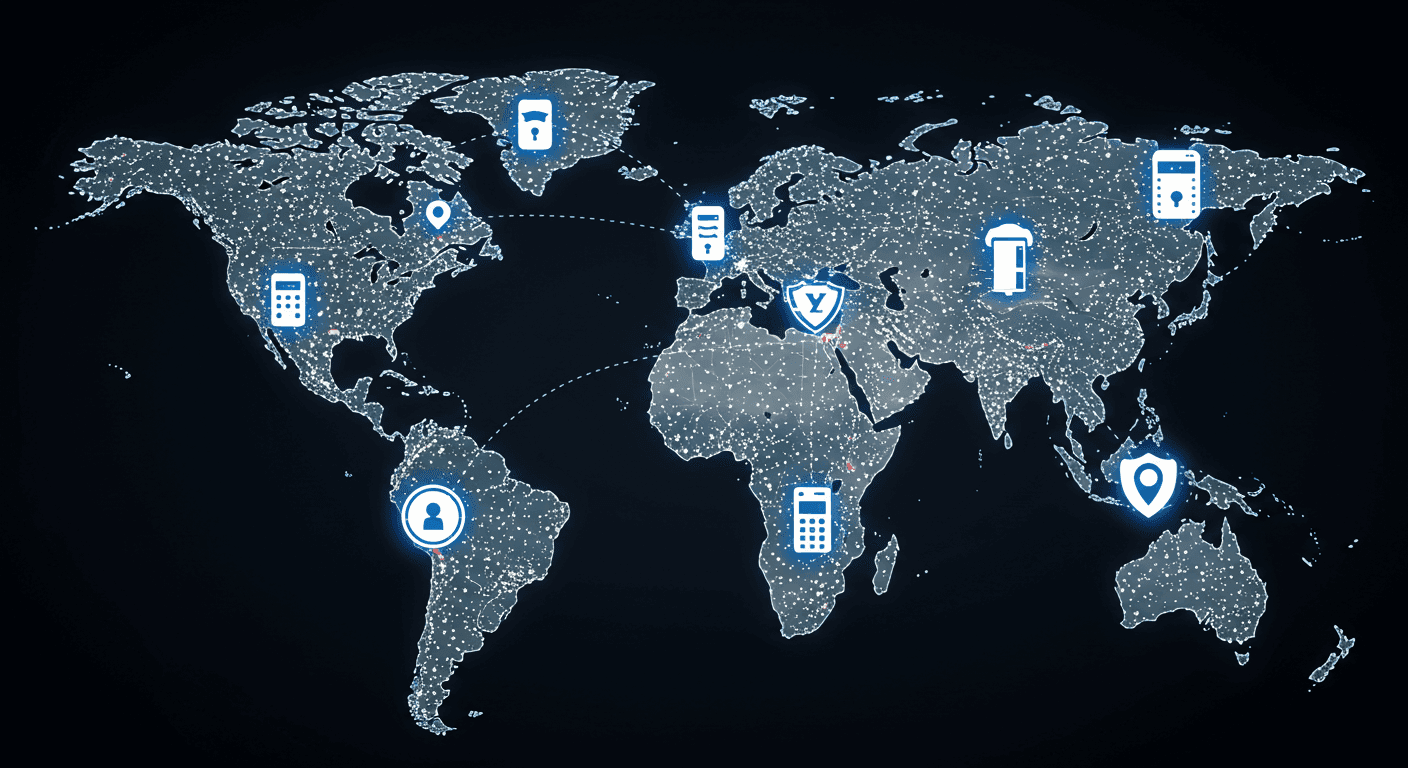Have you ever wondered why it's so important to protect your payment information?
With the rise of online shopping, digital payments, and mobile wallets, keeping your payment details safe has become more crucial than ever.
Hackers and fraudsters are constantly finding new ways to steal personal information, putting you at risk of financial loss, identity theft, and even emotional stress.
In this post, we’ll dive into why protecting your payment information is so important and how you can take steps to ensure it stays secure.
Understanding Payment Information:
Payment information refers to the details you provide when making a purchase or transaction.
This includes credit or debit card numbers, digital wallet account details, and any other personal data linked to your financial accounts. Every time you make a purchase, this information is used to complete the transaction.
It’s not just about protecting your credit card number; digital wallets and other payment methods, like PayPal or Apple Pay, also store sensitive data that needs protection.
The importance of securing this information cannot be overstated, as it's the key to preventing unauthorized access to your money and financial accounts.
Why Is Payment Information at Risk?
There are many ways your payment information can be exposed to threats. Hackers, cybercriminals, and scammers use various methods to steal your personal details.
Data breaches, phishing scams, and insecure websites are common avenues for theft. In some cases, cybercriminals may access your payment information by exploiting vulnerabilities in online platforms or by tricking you into sharing your details unknowingly.
A major issue today is the rise of data breaches. Many large companies store sensitive customer data, making them prime targets for cyberattacks. When these breaches occur, millions of payment details are exposed, leaving customers vulnerable.
Phishing is another common method where scammers send fake emails or texts designed to look like legitimate messages from banks or online retailers, tricking people into revealing their payment info.
The Consequences of Not Protecting Your Payment Info:
Failing to protect your payment information can have serious consequences. The most immediate consequence is financial loss. Once your payment information is stolen, it can be used to make unauthorized purchases.
Depending on your financial institution and the payment method, you might be held liable for some or all of these charges.
Another risk is identity theft. If your personal details are compromised, criminals may use them to open accounts or make other transactions in your name. This can damage your credit score, making it difficult to apply for loans, mortgages or even secure employment in some cases.
Moreover, dealing with the aftermath of payment fraud can cause a lot of emotional stress. Resolving disputes, changing account details, and monitoring your credit for fraudulent activity can be time-consuming and frustrating.
Simple Ways to Protect Your Payment Information:
The good news is that there are several simple steps you can take to protect your payment information:
Use Strong Passwords:
Always create strong, unique passwords for your financial accounts. Avoid using the same password across multiple platforms.
Enable Two-Factor Authentication:
Whenever possible, enable two-factor authentication (2FA). This adds an extra layer of security to your accounts by requiring you to verify your identity through a second method, like a text message or an authentication app.
Shop on Secure Websites:
Make sure the websites you shop on are secure. Look for “https” in the URL and a padlock symbol, which indicates the site uses encryption to protect your data.
Monitor Your Accounts Regularly:
Regularly check your bank and credit card statements for any suspicious activity. The sooner you catch unauthorized transactions, the easier it is to resolve them.
Keep Software Updated:
Ensure that your devices and apps are updated with the latest security patches. Hackers often target outdated software with known vulnerabilities.
The Role of Payment Providers and Banks:
While you play an essential role in protecting your payment information, financial institutions and payment providers also take steps to secure your data. Banks use encryption and fraud detection systems to monitor transactions and identify suspicious activity.
Payment platforms like PayPal or Apple Pay use tokenization, which replaces your actual payment details with a unique code, ensuring your sensitive information is not exposed during transactions.
Many banks also provide fraud alerts to notify you of unusual activity, giving you a chance to report any fraudulent transactions before they escalate.
Conclusion:
In today's digital age, protecting your payment information is more important than ever.
With the increasing risks of online fraud, data breaches, and scams, it’s essential to take steps to secure your financial details.
By using strong passwords, enabling two-factor authentication, and being cautious while shopping online, you can protect yourself from the dangers of payment information theft.
Remember, your financial security is in your hands — take the necessary precautions to keep your data safe.
FAQs:
What should I do if my payment information is stolen?
Contact your bank immediately, report the fraud, and follow their guidance to resolve the issue. It’s also essential to monitor your accounts for any further suspicious activity.
Can payment providers guarantee my information is safe?
While payment providers use encryption and security measures, no system is foolproof. It’s still important to take precautions like using strong passwords and monitoring your accounts.
Is it safe to store payment information in digital wallets?
Yes, digital wallets can be secure, but it’s important to choose one with strong security features, like encryption and multi-factor authentication.





